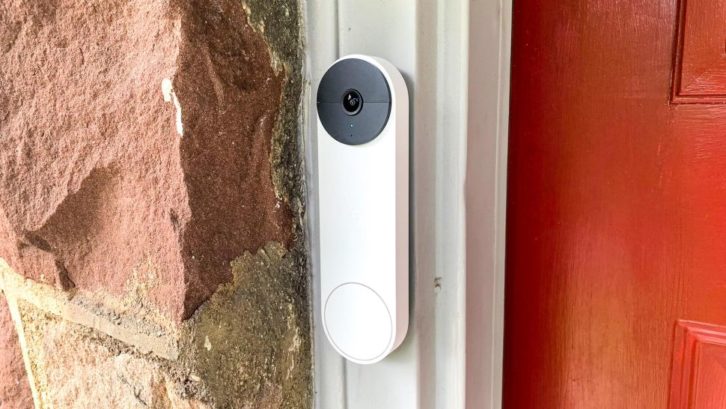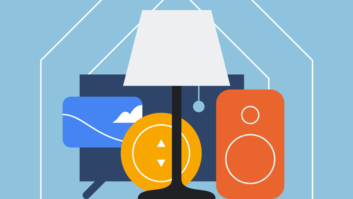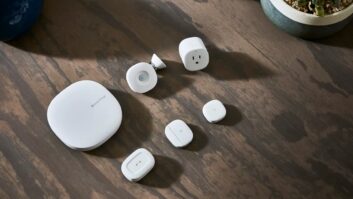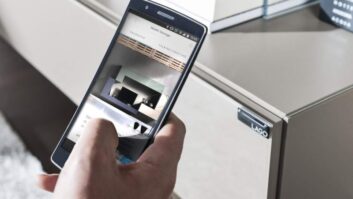
Smart Home Products: Mapping the Buyer Journey , a new piece of consumer research from Parks Associates, reveals that smart home shoppers tend to curate their information from a mix of online and in-store sources when researching products. Smart home consumers researched information pertinent to their purchase from an average of more than two different types of sources before making a decision. The report provides the latest data on trends influencing smart home adoption and purchase behavior.
“Information gathering online is common, but consumers feel that experiences in the store are more powerful in the final decision to buy the product,” said Jennifer Kent, VP, Research, Parks Associates. “The smart home shopper is clearly considering both online and in-person experiences in decisions. Dealers, technicians, providers, and contractors can leverage their expertise and close consumer interaction to establish a strong connection with the buyer and ultimately win the sale. That close connection works well for single-family home sales, and it is absolutely essential in multidwelling unit (MDU) projects.”
The research study reports a big leap in interest for smart appliances among households with incomes over $75,000 per year. Samsung, LG, and other leading OEMs continue to add more features to their smart appliances, hoping to capitalize on the recent boom in home renovations, but many lower-income households are also interested in smart appliances so there is opportunity in a basic value model.
In addition, the study contains new research on consumer adoption and usage of various connected solutions:
- More than half of internet households have a smart speaker.
- 15% of internet households own a smart video doorbell.
- Security system apps continue to be the most common tool for controlling multiple smart home products.
“As consumers grapple with inflation, rising energy costs, and a shortage of essential items, smart home players need to meet consumers where they are to maintain growth,” Kent said. “Consumers expect access to information, different price points to choose from, and options for delivery and installation.”
For information on Smart Home Products: Mapping the Buyer Journey, contact [email protected]. To schedule an interview with an analyst or to request specific data, please contact Rosey Sera at [email protected] or 972-490-1113.
See also: Download The Parks Associates Smart Home Energy Webinar












